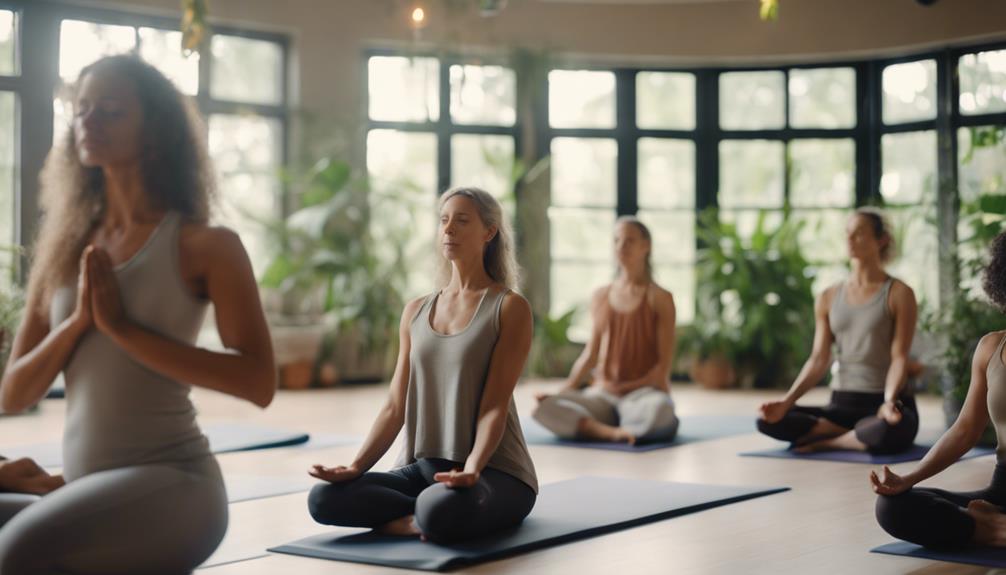Yoga For Back Pain

Back pain is one of the most common ailments affecting millions of people around the world. Whether it’s due to poor posture, sedentary lifestyles, or injury, the discomfort can significantly affect daily activities. One effective and holistic approach to managing back pain is through yoga. This article explores the benefits, specific poses, and practical tips for incorporating yoga into your routine to alleviate back pain.
The Connection Between Yoga and Back Pain Relief
Yoga is an ancient practice that combines physical postures, breathing exercises, and meditation. Its holistic approach not only enhances flexibility and strength but also promotes mental well-being. Research has shown that practicing yoga can be particularly beneficial for individuals suffering from back pain. By focusing on alignment, stretching tight muscles, and strengthening weak ones, yoga addresses the root causes of discomfort. Furthermore, the mindfulness aspect of yoga can help reduce stress, which is often a contributing factor to chronic pain.
Understanding the Types of Back Pain
Before diving into specific yoga poses, it’s essential to understand the types of back pain. Acute back pain usually results from injury or strain and lasts for a short period, while chronic back pain persists for three months or longer. Conditions such as herniated discs, sciatica, and muscle tension can all contribute to discomfort. Yoga for back pain can be tailored to address these conditions, helping individuals improve their overall spinal health and mobility.
Essential Yoga Poses for Back Pain Relief
Several yoga poses are particularly effective for alleviating back pain. Here are a few essential poses to incorporate into your routine:
1. Child’s Pose (Balasana): This gentle stretch helps to lengthen the spine and relieve tension in the lower back.
2. Cat-Cow Stretch (Marjaryasana-Bitilasana): This dynamic pose warms up the spine and increases flexibility while gently massaging the back muscles.
3. Downward Facing Dog (Adho Mukha Svanasana): This pose stretches the entire back, hamstrings, and calves, improving overall strength and flexibility.
4. Seated Forward Bend (Paschimottanasana): This calming pose stretches the spine and hamstrings, promoting relaxation.
5. Bridge Pose (Setu Bandhasana): This pose strengthens the back muscles while also stretching the chest and spine.
Incorporating these poses into your yoga routine can provide significant relief from back pain.
Creating a Yoga Routine for Back Pain
When creating a yoga routine for back pain, it’s essential to start slowly and listen to your body. Begin with gentle stretching and gradually increase the intensity as your flexibility and strength improve. Aim for a routine that lasts at least 20-30 minutes, three to four times a week. Incorporate poses that target various areas of the back, and consider alternating between restorative and strengthening poses to maintain balance in your practice.
The Importance of Proper Alignment in Yoga
One of the key factors in using yoga for back pain is maintaining proper alignment during poses. Poor alignment can exacerbate existing pain or lead to new injuries. Consider working with a qualified yoga instructor, especially if you’re new to the practice. They can provide guidance on alignment and modifications tailored to your individual needs. Additionally, using props such as blocks and straps can help achieve proper alignment and support during your practice.
Mindfulness and Breathing Techniques in Yoga
Yoga is not just about physical movement; it also emphasizes breath control and mindfulness. Deep, intentional breathing can help reduce stress and tension, which are often contributors to back pain. Techniques such as diaphragmatic breathing and alternate nostril breathing can enhance relaxation and improve focus. Incorporating these breathing exercises into your routine can amplify the benefits of your yoga practice, leading to a greater sense of well-being.
Consulting Healthcare Professionals Before Starting Yoga
While yoga can be highly beneficial for back pain relief, it’s crucial to consult with a healthcare professional before starting any new exercise regimen. A doctor or physical therapist can provide personalized advice based on your specific condition and medical history. They can help identify any contraindications and ensure that yoga is a safe and effective option for your back pain management.
Consistency is Key: Making Yoga a Habit for Long-Term Relief
To achieve long-term relief from back pain through yoga, consistency is crucial. Establishing a regular practice not only helps to build strength and flexibility but also reinforces mindfulness and stress management. Consider setting aside dedicated time each day or week for your yoga practice. You might also find it helpful to join a local yoga class or an online community for support and motivation.
Conclusion
Incorporating yoga for back pain into your wellness routine can lead to significant improvements in comfort and mobility. By understanding the types of back pain, practicing essential poses, focusing on alignment, and maintaining a consistent routine, you can effectively manage and alleviate discomfort. Remember to consult with healthcare professionals and listen to your body as you explore the many benefits of yoga. Embrace this holistic approach to health, and take a step toward a pain-free lifestyle.How Much Is Lenovo YogaHow To Clean A Yoga Mat MandukaHow Yoga Changes Your Body